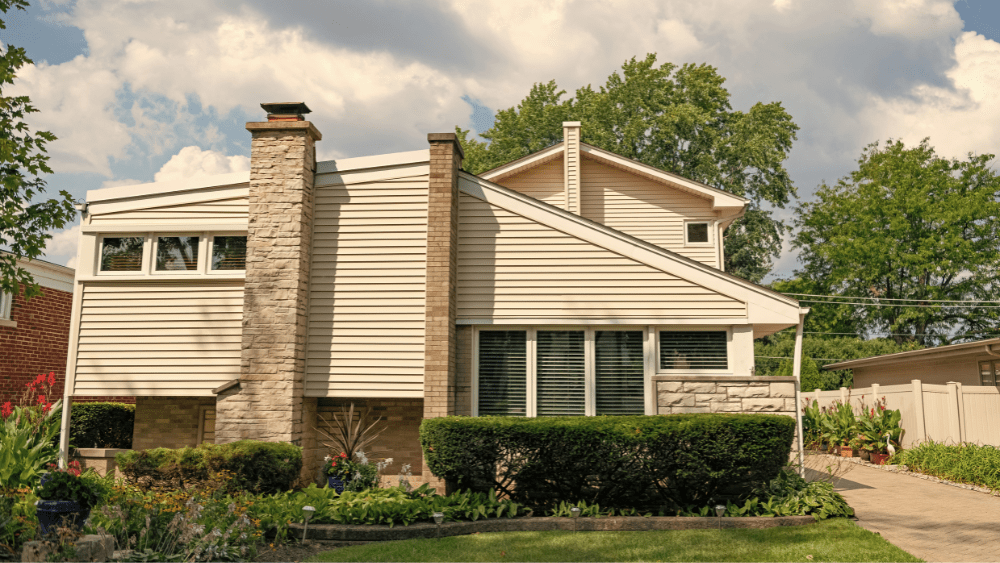Internal migration across the country is at its lowest level since 2006, thanks to rising cost of living prices keeping Aussies grounded.
New research from removalist consulting firm Muval has found despite rising populations and home demand, the demand for home removalists has dropped by 22 per cent since before the Covid-19 pandemic.
The 2025 Muval Index also found per capita, the ACT and Victoria were the states seeing the most people moving in compared to moving out this year.
Meanwhile, the most popular regions to relocate to were South Australia’s southeast and Bunbury, while Darwin and Brisbane’s inner city were the most common regions people would leave.
Internal migration is at its lowest level since 2006 nationwide, with southeast South Australia as one of the most popular relocation hotspots. Picture: Frank Monger.
Muval CEO James Morrell said areas traditionally known for being migration hotspots, such as Brisbane, were often also seeing an exodus of existing residents.
“A lot of people are moving up to South-East Queensland, but there are more people within SEQ moving out due to density and price growth, to the fringe areas of the city,” he said.
“It’s become very expensive for people who’ve been here for a while, and they go, ‘well I can move inland of the Sunshine Coast’.”
Muval CEO James Morrell said many of the cities were seeing residents moving out due to the cost of living crisis. Picture: Zak Simmonds
A prime example of this lies in Western Australia, with its regional areas seeing the highest inbound to outbound ratio throughout all of Australia’s capital cities and rest-of-state areas.
Regional WA’s inbound to outbound ratio currently sits at 1.27: meaning for every hundred people moving out, 127 people are moving in.
By comparison, South Australia’s southeast has an inbound-outbound ratio is 1.59, while Bunbury’s sits at 1.55. On the lower end, Darwin’s ratio comes in at 0.72, with Brisbane’s inner city at 0.74.
Figures from the Muval Index 2025, showing the states and territories with the highest to lowest inbound to outbound ratio.
Regional Western Australia saw the highest inbound-outbound ratio of any capital city or rest-of-state area.
Mr Morrell said while internal migration across Australia were always fairly active, rates often experienced a slingshot effect: where high points were typically expected to follow low points once the economy bounces back.
“We might be in some uncharted territory [this time],” he said. “Even though we may be on the other side … we’re in one of the worst periods of housing availability.”
“That does have a massive, chilling effect on moving in general.”
See the top ten regions Aussies are relocating to below.
Southeast SA locations like Mt Gambier were found to have more people moving in this year than they were moving out.
Meanwhile, Darwin and Brisbane’s inner city were seeing people leaving the areas for other locations away from the capital cities.
University of Queensland demographer Dr Elin Charles-Edwards said while further data was needed, the Muval Index was a strong indicator of Australians’ living habits in the present day.
“A slowing in mobility doesn’t surprise me, given the high levels of mobility we’ve seen during that Covid period,” she said.
“Lack of rental availability and housing costs can put a damper on that movement.”
Dr Charles-Edwards added that struggling housing conditions meant children looking to leave their parents’ homes, or people looking to leave homes with ex-partners, were less likely to be able to afford the transition.
Migration rates to areas such as greater WA can depend on economic affordability within the state’s capital at the time. Picture: Getty Images
UQ demographer Dr Elin Charles-Edwards said after a high moving period during Covid, stagnant housing supply has put a stop to people migrating from place to place.
The study was put together by analysing more than 400,000 moving inquiries nationwide, along with a survey of 2,000 Australians to analyse the country’s migration trends.
The research also found several regions were bucking the nation’s most common trends. With an inbound-outbound ratio of 1.1, Greater Melbourne was the only capital city with a positive ratio, outperforming several of the country’s regional areas such as South Australia and Queensland.
“We certainly saw outward flow from Victoria during Covid,” Dr Charles-Edwards said. “As a consequence of that, there’s the possibility of a return from the region, as people maybe reassess their movement decision.”
Greater Melbourne was the only capital city seeing more people moving into it this year. Picture: Jake Nowakowski
State-wide, both Tasmania and South Australia recorded a perfect ratio of 1, meaning as many people were moving in as they were moving out.
“This balance may reflect a mix of younger individuals moving out for education or career opportunities, while others are relocating in for retirement, remote work, or a lifestyle shift,” Mr Morrell said. “These states appear to offer a compelling balance between lifestyle appeal and economic opportunity.”



















 English (US) ·
English (US) ·